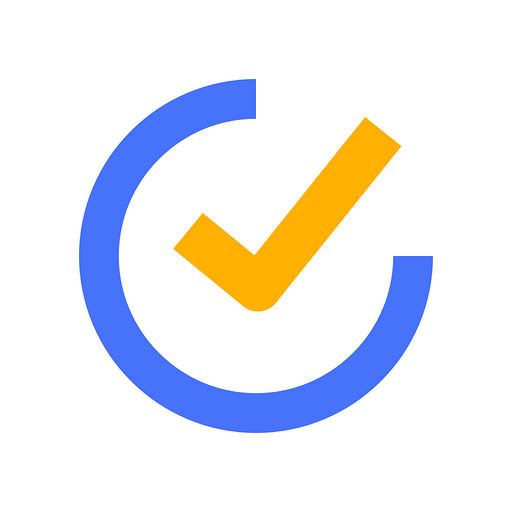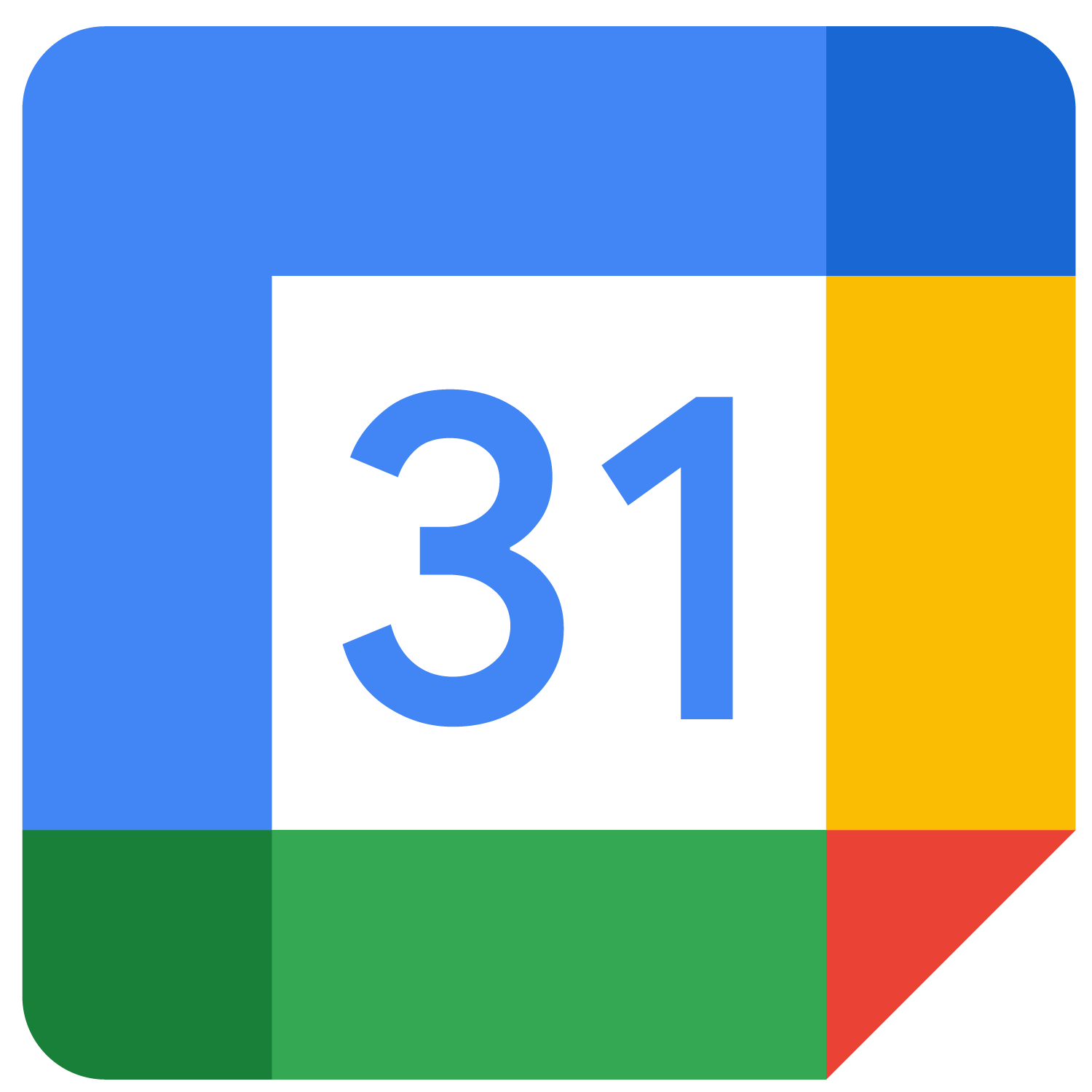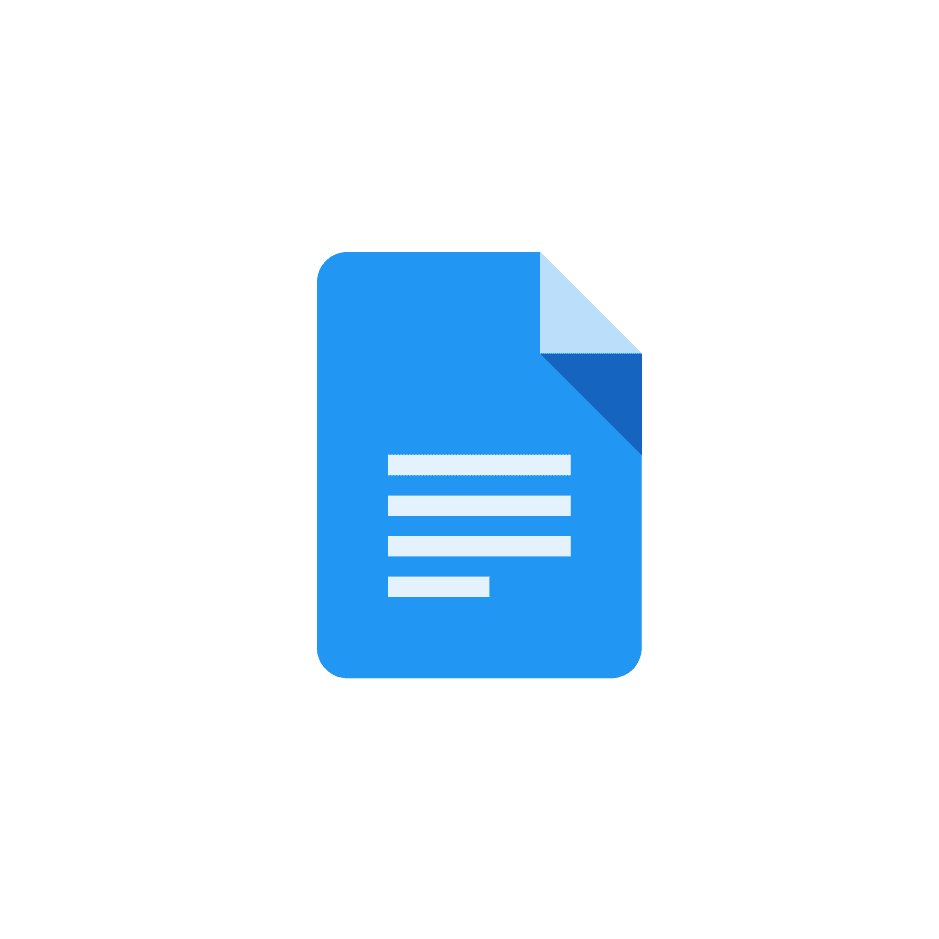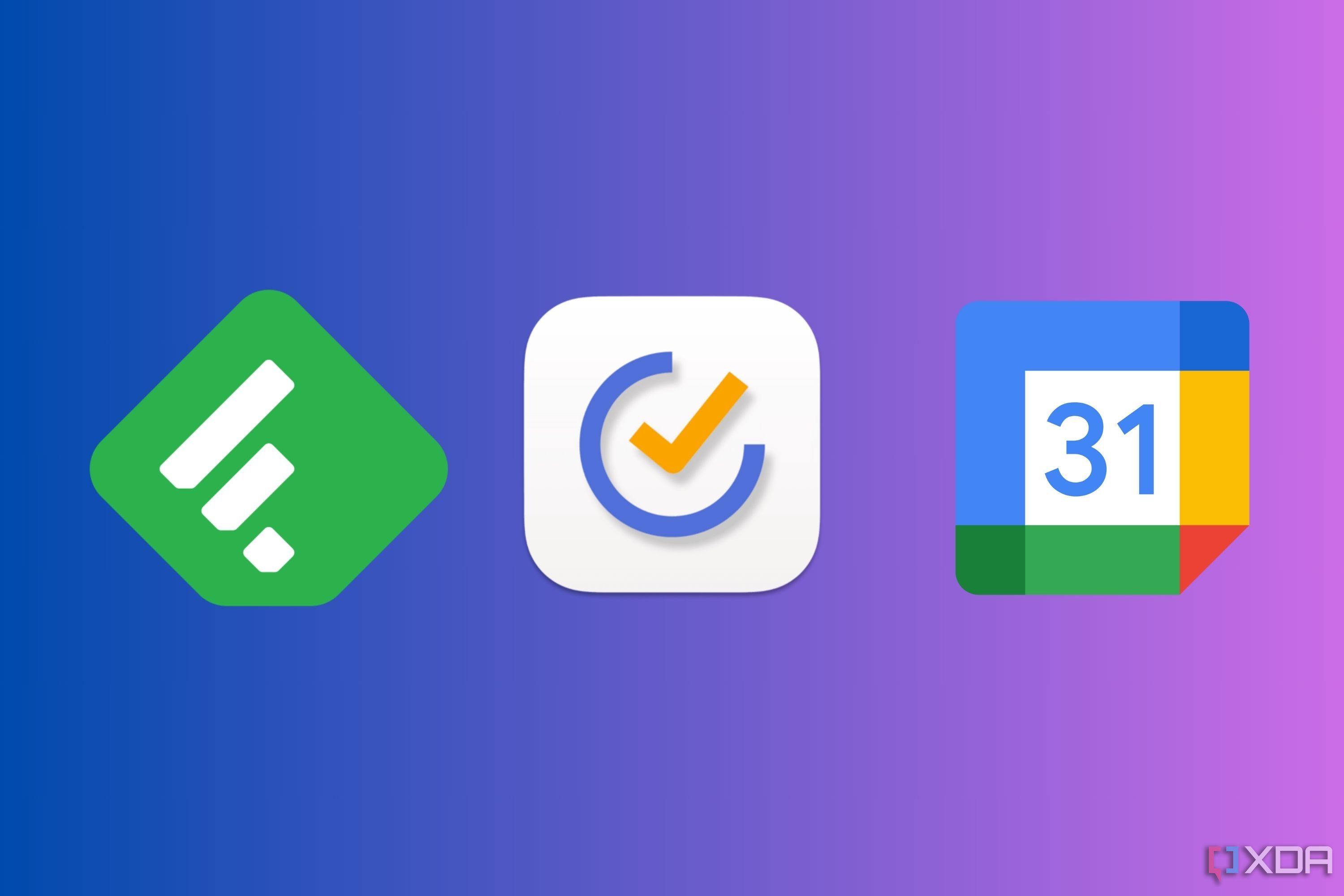Key Takeaways
- Use simple, efficient apps for productivity, like TickTick for tasks and Google Calendar for events.
- Keep note-taking simple with Google Docs and Windows Notepad, and streamline your reading process with Feedly, Pocket, and Google Discover.
- Focus on personal habits and discipline, not just the features of productivity apps, to achieve your goals.
You have one of the best laptops, a great mouse, and all the accessories you need to be productive. However, once you start working, you may find yourself buried deep within the menus and features of your “ultimate productivity app.” I’ve wasted a lot of time on apps like this, and they usually have too much going on. Apps like Notion, Obsidian, and Evernote are great on paper, but they feel like they’re more for people who fuss over productivity.
On the other hand, I’m just someone who wants to get things done quickly and efficiently. I don’t care how an app looks or how much customization it offers. As long as it’s cross-platform and helps me stay on top of things, that’s all I need. With those simple requirements in mind, here’s how I use just a handful of apps to stay on top of my workflow.
Related
10 of the best productivity tweaks you can make to your PC
Unlock the full potential of your computer
What makes a good productivity app?
Useful features over gimmicks
To start things off, I want to make it clear that apps like Notion are actually awesome. For managing complex projects with a lot of moving parts, Notion is great as you get a lot of templates, and tools such as Kanban boards to design the perfect workflow.
The problem for me is that spending time on “designing” a system to be productive seems counterproductive. I’d rather just quickly pop into an app, check in on my calendar, tasks, and notes, and get on with my life. An app that’s already designed with that sort of efficiency and minimalism in mind is a good choice.
Of course, this is all subjective. Some of you might find my system to be too simple, but it works for me. Ultimately, that’s all you need: a system that works for you and doesn’t get in the way.
Managing daily tasks using TickTick
Simple, but powerful if you want it to be
Most of my “productivity system” revolves around TickTick. As the name implies, this is a to-do list and task management app that’s easy and simple to use. What I like about this app is the fact that it can be as simple or as powerful as you want. I can quickly add new tasks, setup recurring ones, and add location-specific reminders. It’s cross-platform, meaning if I add a task to it from my Windows PC, it will sync it to my iPhone.
Tasks that are set up for next week stay off my mind until a notification eventually reminds me about them. It even has a built-in calendar, so I can quickly check everything I need to do for the week. I also use the subtask and tag features to organize stuff. Other than that, there’s also the Kanban board, Timeline view, and the Eisenhower matrix. These advanced features are great for productivity nerds, but I don’t use them much.
I find that TickTick is a great alternative to Microsoft To Do. It’s more robust with its features, the quick add feature is faster, and I can even import my Google Calendar events. At the end of the day, I simply use it for adding tasks, setting them up as recurring when needed, and crossing them off when I’m done. I’m also a big fan of the Pomodoro timer, which allows me to track my working hours.

Keeping track of events and meetings with Google Calendar
The old reliable
The first step to being more productive and taking charge of your life is setting up a calendar. Just like with tasks, keeping track of events and meetings doesn’t need to be complicated. There are a lot of great Calendar apps out there, but Google Calendar works the best. I say this mainly because the app syncs seamlessly with your Gmail, which enables meeting invites to automatically pop up in your calendar.
You can also use filters to remove calendar responses from your Gmail inbox. If you work with people around the world (I do), you can use the World Clock feature to figure out appropriate times for events or meetings. In case your planned meeting is physical, you can add a location to the event so that everyone knows exactly where to go.
The basic functionality of adding events, setting reminders, and having them sync across all my devices (phone, laptop, tablet) is more than enough for me. However, Google Calendar again follows the theme of being more powerful when you need it to be. A simple “Google Calendar tips and tricks” search will give you dozens of techniques to be more productive. I didn’t need most of them, but your mileage may vary.

Taking notes with Google Docs and Windows Notepad
Now we’re getting archaic
I know what you’re thinking about my app choices for note-taking, but hear me out. Whenever I’m researching a topic, I just create a Google Doc with a content outline that covers everything that I want to talk about. I make sure that the outline is fleshed out as much as possible, and this really helps in speeding up the writing process. This is a system that I’ve been using long before I ever heard of Notion and Evernote, and I stick to it because it works.
So, what’s the deal with Windows Notepad? Some of you might call me archaic, but I like the fact that Notepad is simple and out of the way. I use it whenever I’m in a meeting to quickly jot down ideas and discussion points. In Windows 11, the app also supports Dark Mode, which is a must-have for me. It also now auto-saves your sessions. The app is great for quickly jotting things down, and if something is really important, I’ll just move it over to Google Docs.
Now, I know some people will disagree with the Notepad choice, and I fully understand that. If you need something that’s just as simple but a bit more fleshed out, I recommend checking out Simplenote.

Simplifying the reading and research process
Feedly, Pocket, and Google Discover
As a writer, much of my life revolves around looking for inspiration. The reading and research process is just as (if not more) important than the actual writing process. To keep things straightforward, I use Feedly, Pocket, and Google Discover. Here’s how I use all three of these apps:
- Feedly: Feedly is an RSS reader that aggregates the news and latest articles for the dozens of tech sites that I follow. You set up “feeds” based on categories such as tech, gaming, marketing, or whatever else you can think of. It has a simple and clean interface, and the mobile app provides a great reading experience. I use the free plan, which should be enough for most people.
- Google Discover: This is a Google service that you can find in the mobile Google or Chrome apps. On most Android phones, you can also access Google Discover by swiping right on the home screen. The service uses an algorithm to select and display content that you’d be interested in. While Feedly is a more robust and comprehensive solution for news, I find Google Discover great for quick scrolls in the morning.
- Pocket: If I find an article interesting or worth saving, I use Pocket to bookmark everything in one place. Available as an extension for most browsers and as a mobile app, Pocket allows you to save YouTube videos, articles, and any other sort of webpage that you want to revisit. You can use collections and tags to organize everything, and it’s very easy to use.
Productivity is a personal quality, not a feature
Here’s the thing: productivity comes from personal habits and discipline, not from feature-rich apps. You should be using these apps to stay on top of things, but there’s no reason to obsess and fuss over them to the point where you’re sacrificing actual work. Focus on the real goals, find a simple system, stick to it, and live your life to its fullest.

